Postcards From the Virtual World, Vol. 1: Yayoi
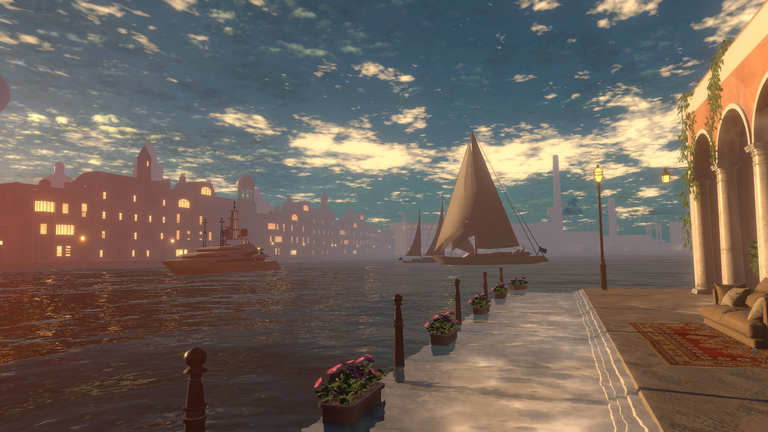
Travel blogs are played out. Dime a dozen these days. But what about a travel blog by someone touring the virtual world? Taking photos along the way to share with you, showcasing the astounding vistas to be found only at the intersection of silicon and human imagination. I’ll be your guide to this confounding world of impossible possibilities, if you’ll have me.
My first entry in this series features creations of VRChat user “Yayoi”. I’m told that’s a Japanese name more commonly used for girls than for boys, but I have no other clues as to their identity. All I can say is that they’re a master of Unity, in particular crafting gorgeous looking worlds that nevertheless perform very smoothly despite my decrepit Core i5 CPU.
The first of these is called Yayoi Forest House, seen below. Japanese architecture from antiquity (don’t ask me which dynastic period please) is a visual treat with a bright red soribashi offering passage across the creek, or a vantage point from which to appreciate the majestic waterfall.

Yayoi loves to used very densely packed, animated grass and other foliage in these maps. That’s fine for me running a 2080 Super but these are sufficiently resource intensive, they don’t even give you the option to load them on a Quest 2. That’s a shame as many of the most beautiful maps are effectively locked behind a prohibitively steep paywall.
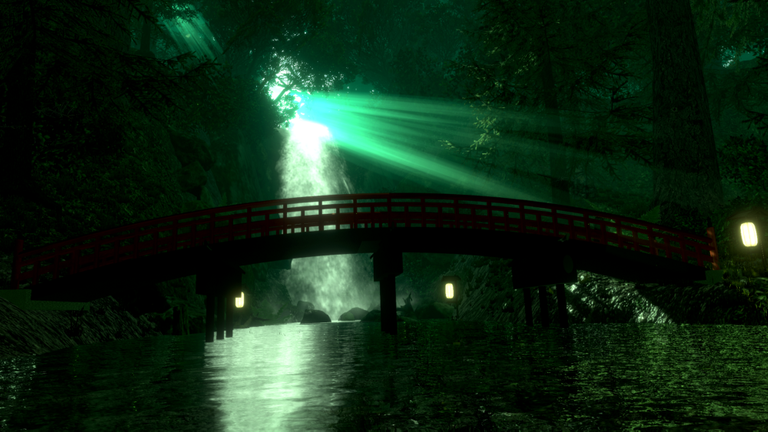
Yayoi Autumn Lake, seen below, is another preindustrial Japanese slice of life. What seems to be a tea house aboard a boat, its only apparent purpose as I saw no way in or out of the pond it floats in. Practicality is understandably low on the list of concerns in a reality created entirely from imagination.

Petals and leaves float down, coming to rest on the rippling water. A very calming atmosphere and good place to collect one’s thoughts. The wagasa, or oil-paper umbrellas, seen floating over the bridge are physics objects that can be grasped and carried if you wish to appropriate some culture. “Adopting some local flavor” as we used to call it, or simply “doing as the Romans do”.
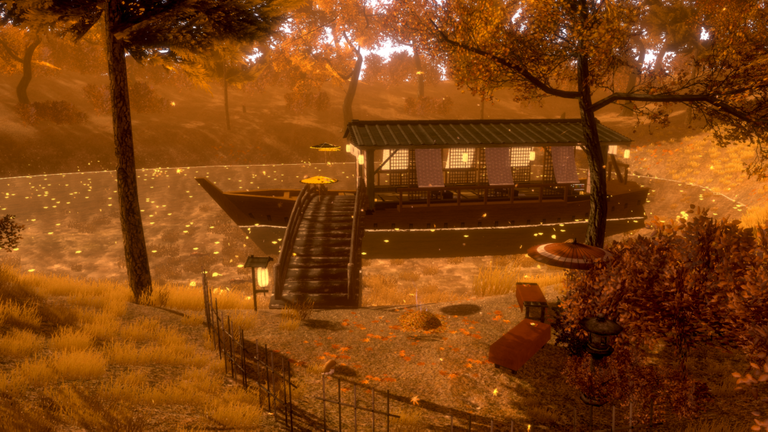
Yayoi Rusted Train has the same weird post-apocalyptic sentimental vibe as lost city. Once a frequently used commuter train, it has now ground to a halt and been swallowed up by creeping flora.
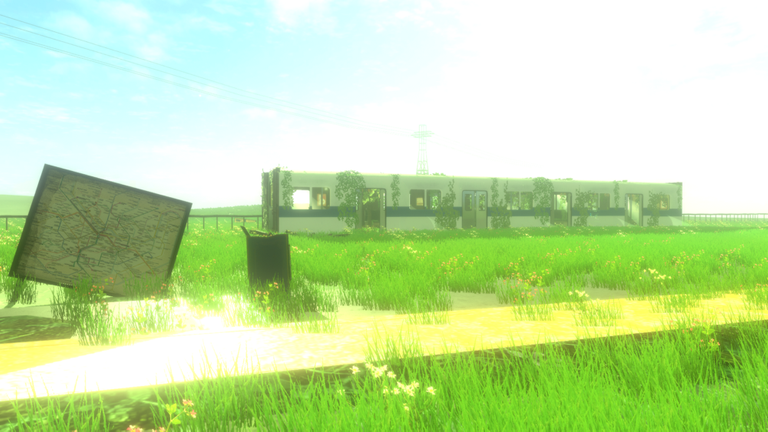
The outside is sunny and lush, but the real star of the show is the detailed train interior, as dilapidated and overgrown as the exterior. The rays of sunshine coming in at an angle through the broken windows got me feelin’ some kind of way, though I can’t say exactly what it is.
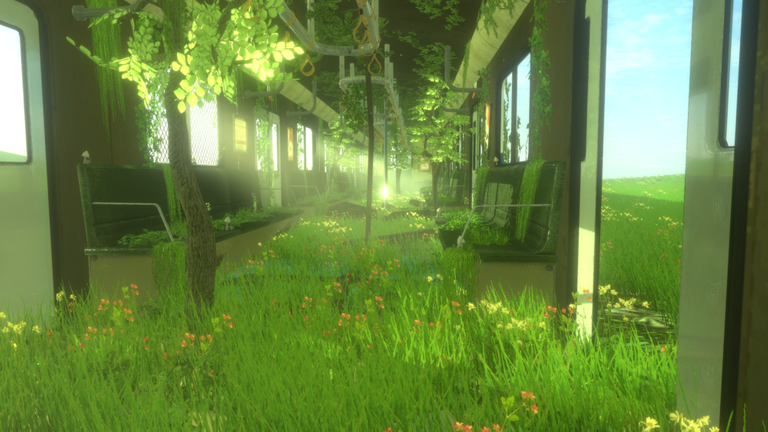
Yayoi Journey, seen below, doesn’t have much to it. But what there is, I found stunning. I would compare it to the solar sail train from the original 1982 Disney film TRON.
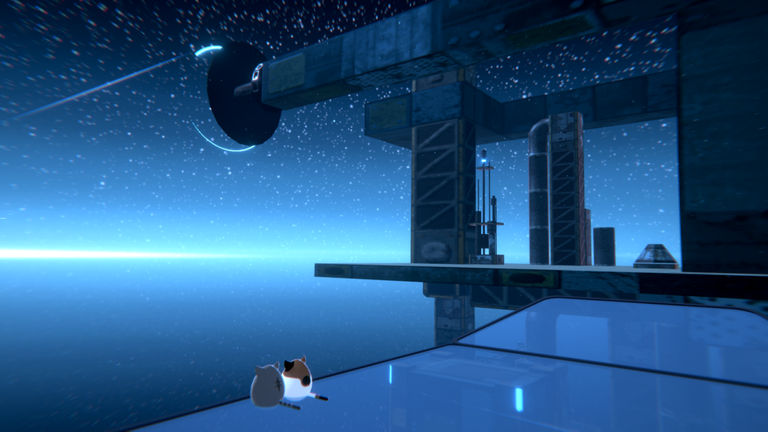
You’re on a never-ending cruise through the stars, debris sailing past all around you, aboard some kind of abstract interpretation of a spacecraft. The only place to stand is a transparent glass platform and walkway. There’s two round little cat buddies sitting on the edge, taking in the cosmic ambiance.
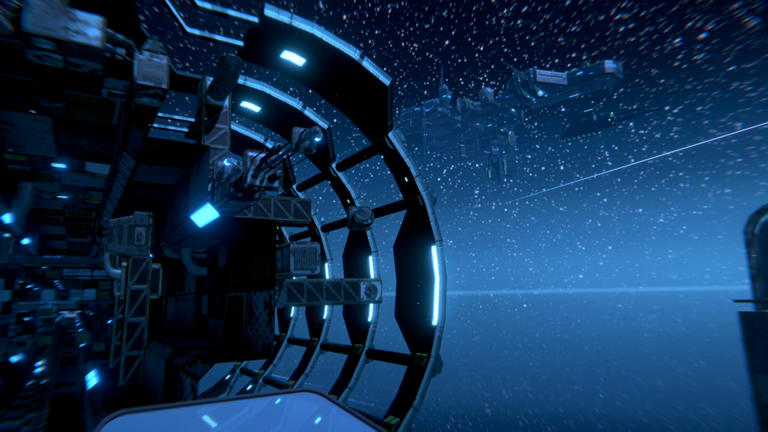
Yayoi Starfield, seen below, is what I’d have named Journey. As many of Yayoi’s maps are, it’s fairly small and intimate, set aboard a floating structure. A raft in this case with a Russian style rug to tie the place together, a folding chair, telescope…and an entire submerged metropolis glowing brightly from the bottom of the sea, visible just over the edge of the raft.

What a shame none of that has a collision mesh and you forcibly respawn if you sink too deep, long before reaching the buildings. It apparently exists only for show, a tantalizing glimpse at something we’ll never be able to reach, much like the sky full of glittering stars overhead.
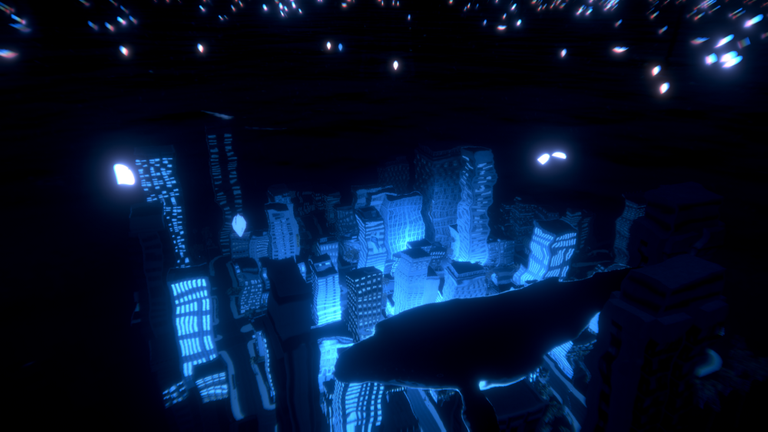
Yayoi Winter Onsen. seen below, is a traditional mountainside Japanese hot spring retreat. I could swear I felt warmer and more relaxed sitting in the steamy water, such is the power of suggestion.
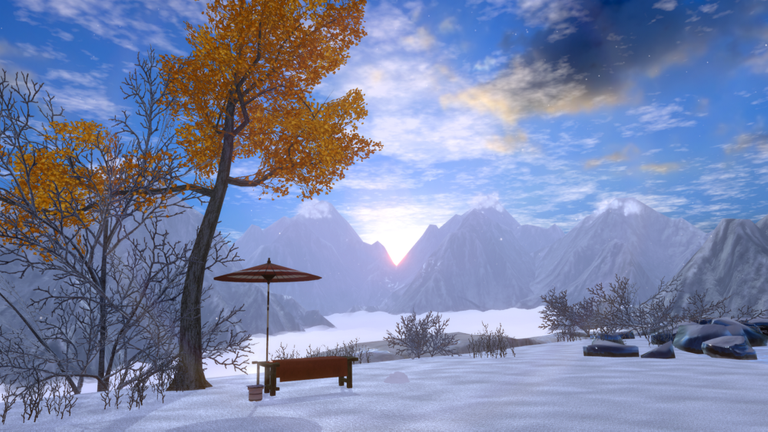
The vista was equally soothing, snow capped mountains framing a sea of clouds with no clue as to what lies below them. Realistically, probably just the end of the terrain mesh. Like a dream, the realism of these places tends to break down the more closely they’re scrutinized.
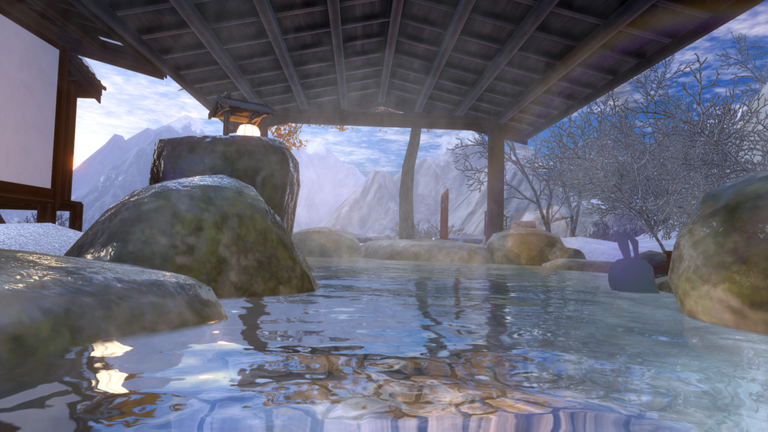
Yayoi lost city, seen below, is a strangely sentimental post-apocalyptic world built out of hollow space encirculed by derelict skyscrapers, slowly being consumed by nature. Use of vertical space is extremely pronounced here and unfortunately many areas you’d think you could jump down to have no collision mesh.
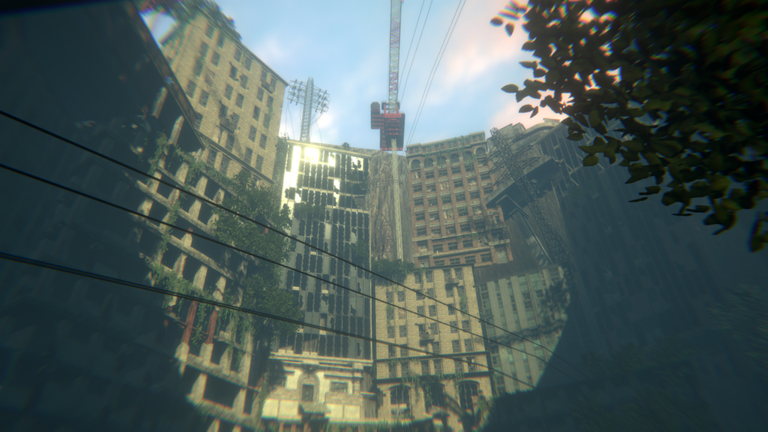
A single bioluminescent tree grows out of a busted up elevated highway, which if you look a bit further down, isn’t actually supported by anything. Numerous sewer pipes blast waste water into the gaping pit below.
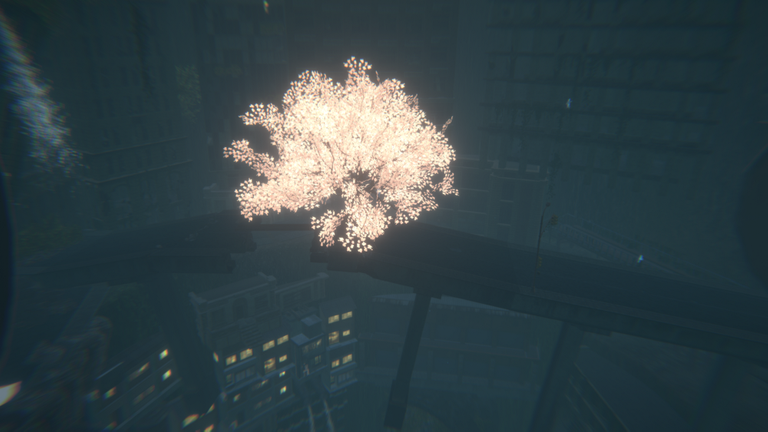
Anime maids for some reason can be found scattered around the world, sitting on ledges, perhaps contemplating their purpose in the post-urban wasteland. That’s the truly grim aspect of this post-apocalyptic vision: That only anime maids will be left to represent humanity.
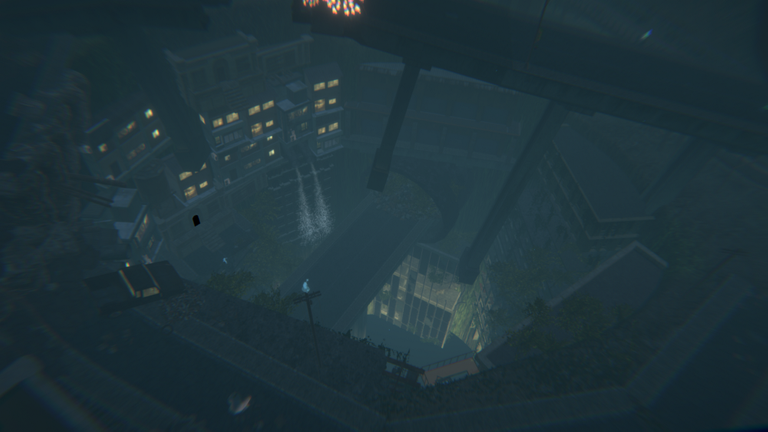
The last screenshot from lost city, seen below, features a very familiar hobby shop also present in Inaka. It’s better lit here and has a proper interior collision mesh so you can explore it without phasing through the floor or walls. If you want a closer look at this building, lost city is the map to do that in.

Yayoi Inaka, seen below, is a rustic little Japanese farming town, adjacent to both a tilled field and rice paddies. The water shader used in all Yayoi worlds really shines here, the vast expanse of shallow water bearing a gently rippling reflection of the sky as clouds lazily creep past.
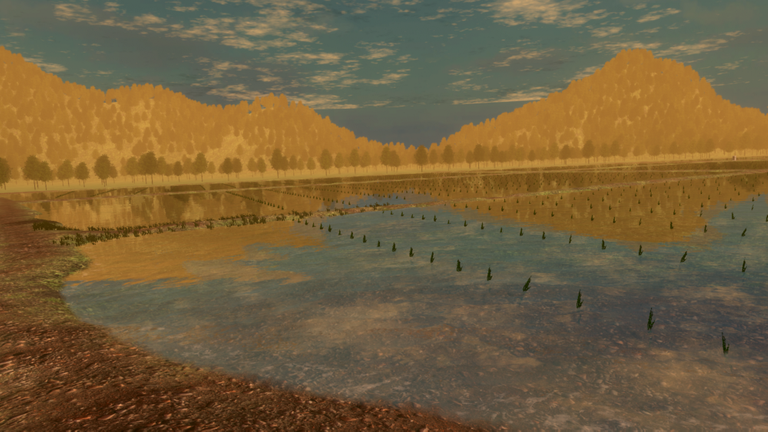
Besides the agricultural elements, the buildings are of some interest. One appears to be a game and hobby shop from the late 70s, perhaps early 80s with posters and plastic model kits based on giant robot anime.
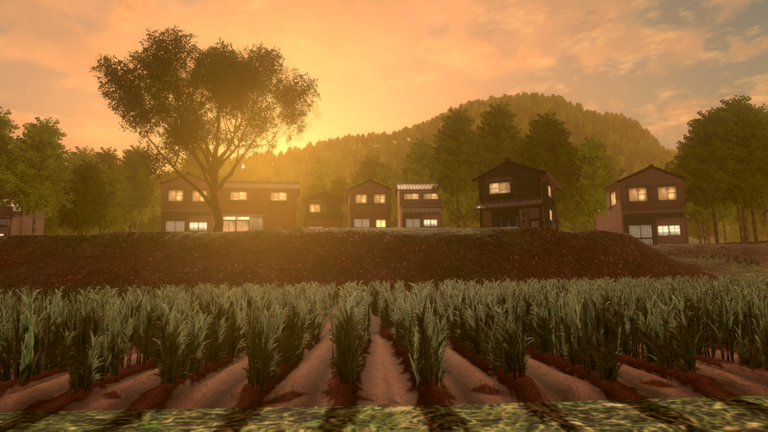
Yayoi Spring Promenade, seen below, is a springtime Japanese street adjacent to a river or canal, with apartments to one side of the street and a walkway/viewing area to the other side, framed nicely by blossoming Sakura trees.
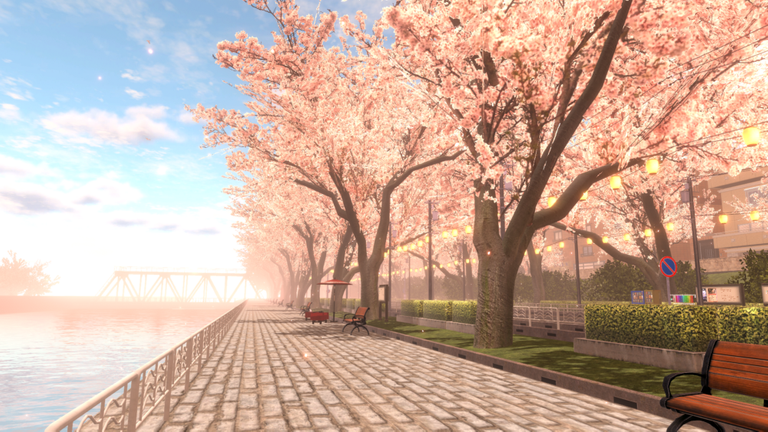
Cars speed past, but aren’t any danger. They, like many scenery elements in Yayoi worlds, lack any collision mesh. They’re oddly fast though, too-fast vehicle movement being another common detail in more than one of these worlds. Maybe Yayoi just perceives time differently.

The authenticity extends to the vending machines, ubiquitous in Japan, often offering hot drinks and all manner of products other than food or beverages. I’m unsure whether these are period appropriate, they look rather old fashioned but this asset appears in one or two other Yayoi maps. I’d wager these came from the same Unity store asset pack as the hobby shop from Inaka.
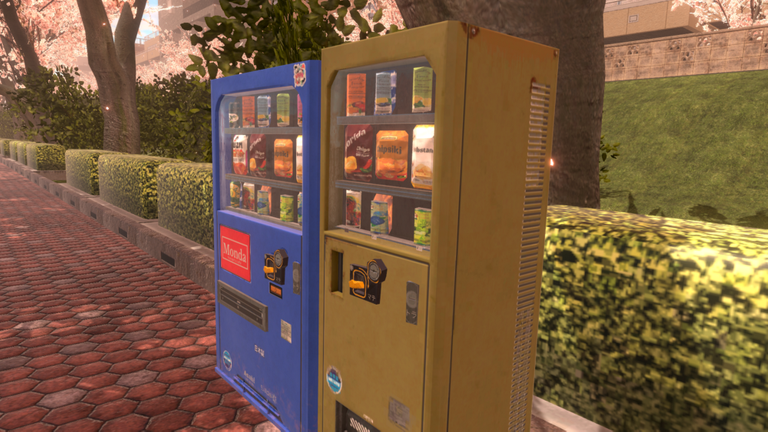
As in many of these worlds, there’s a convenient cozy place to take a seat and soak it all in. Seating for two in fact, should you need someplace romantic to bring a weeaboo significant other in your life for some sweet talkin’.
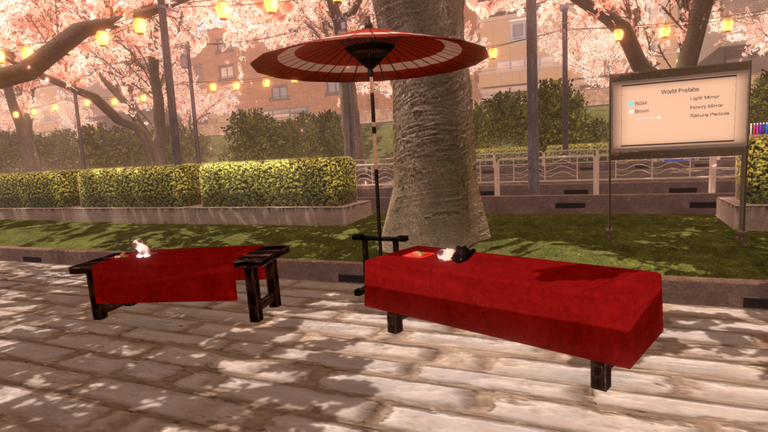
Yayoi Seaside Yard, seen below, is pure dreamlike fantasy, and my vote for most beautiful of the worlds listed thus far. A floating villa in what appears to be a port, or bay, bears Greco-Roman marble pillars surrounding a single centrally placed tree. The boats move way too fucking fast, the only downside. Honestly it takes you out of the experience somewhat to see a sailboat zipping by at warp speed.

If everything wasn’t already constantly compared to vaporwave I’d go ahead and say this has some strong vaporwave vibes. One does wonder exactly what sort of port has not only constant water traffic, but busy skies as well. Keep your eyes peeled and you’ll eventually see dirigibles and hot air balloons cruising past.
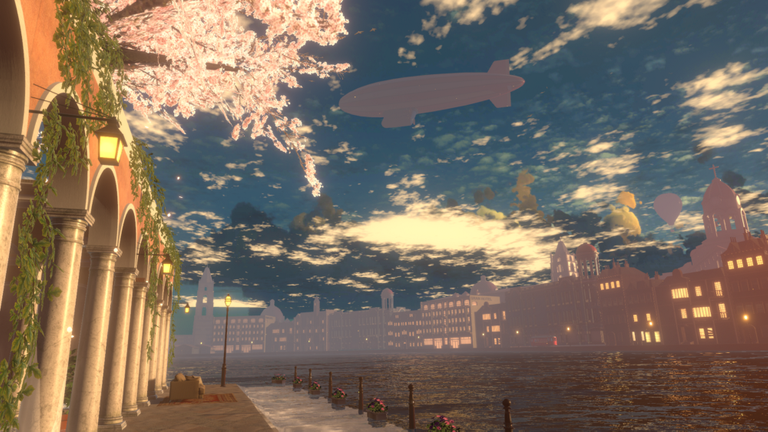
Yayoi Summer Nights, seen below, has a day time version that won’t be featured here for redundancy reasons. It’s more lovely at night in my opinion, with a single Torii jutting up out of shallow seawater in the distance. A runway of floating lanterns lead the way to it, framed to either side by pseudo-Venician partially flooded apartment buildings.

The interior is cozy as expected with many interactive features. The mirror and various graphical features can be toggled, a common standard in VRChat maps. There’s a working clock, a non-working arcade machine, an old fashioned Japanese living room complete with tatami and a little television in the corner. Not much to this one either but a nice place to chill with someone special.
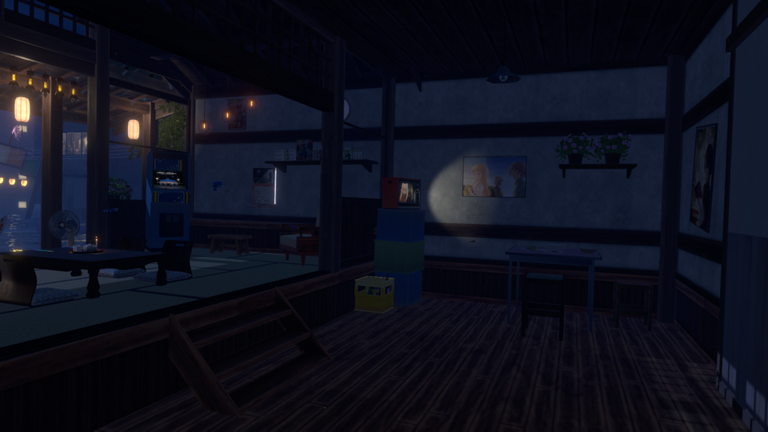
Yayoi Riverbed, seen below, is more classic Japan…icana? A city street, a river bank with whatever the paved equivalent of a boardwalk is called, all at sunset of course. Somehow many of Yayoi’s maps are frozen in time at sunset, though I’m not complaining.
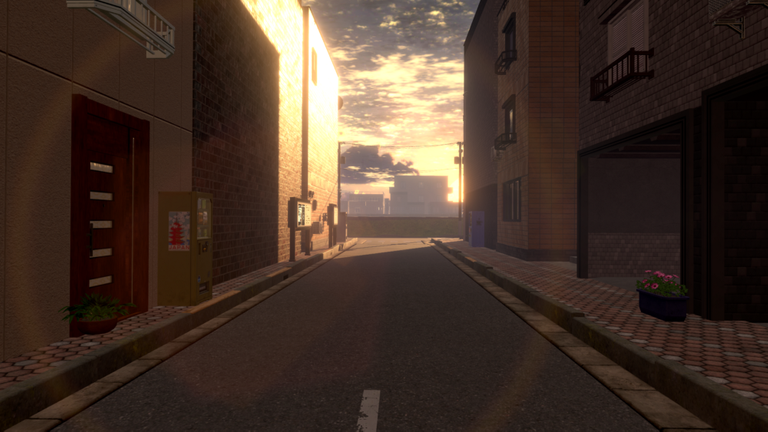
None of the buildings have accessible interiors that I could find. I did search anyway because often unexpectedly, there are portals (like in lost city) which take you to cozy apartments or other neat vantage points that are otherwise inaccessible.

If the Sakura didn’t tip you off, you can be certain this isn’t set in the United States because somebody has left their bicycle unattended. It’s unclear how one is meant to climb up the slope from the boardwalk, but it’s all too clear how we’re meant to get down: Rolling like a log, same as in first grade baby, roll all the way down that shit and to hell with grass stains on your clothes.
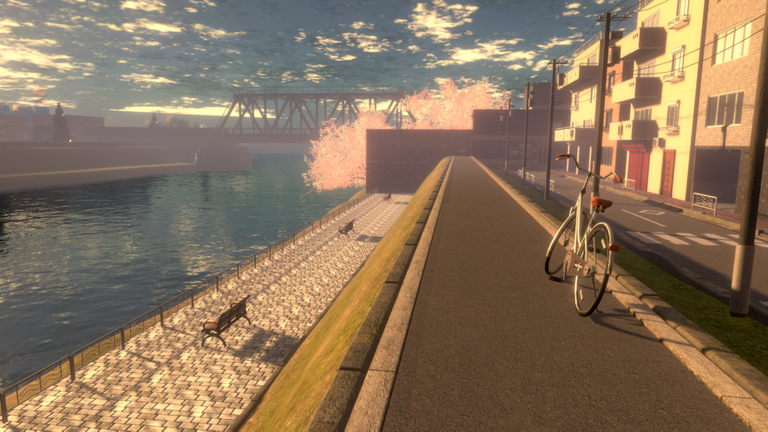
Yayoi Sunset Bath, seen below, is one of the more basic and boring Yayoi worlds. At the same time it’s the one I’d probably visit most often if it was real. Nothing more than a floating platform with two recessed “conversation pits” and a large, hot bath from which to admire the sunset.
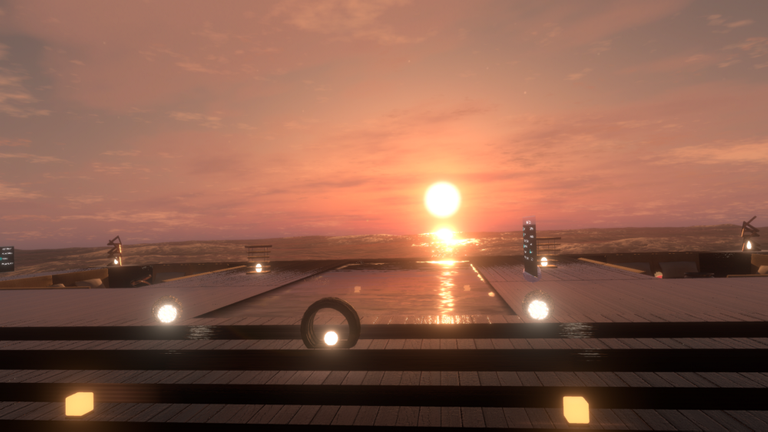
This is the sort of thing that’s only economical in VR. Imagine how narrow the market would be for floating structures of this kind irl. Who would you sell them to? Billionaires in Monaco? Where’s the bathroom? In the ocean, I guess. Where’s the engine? Do you tow this behind a yacht?
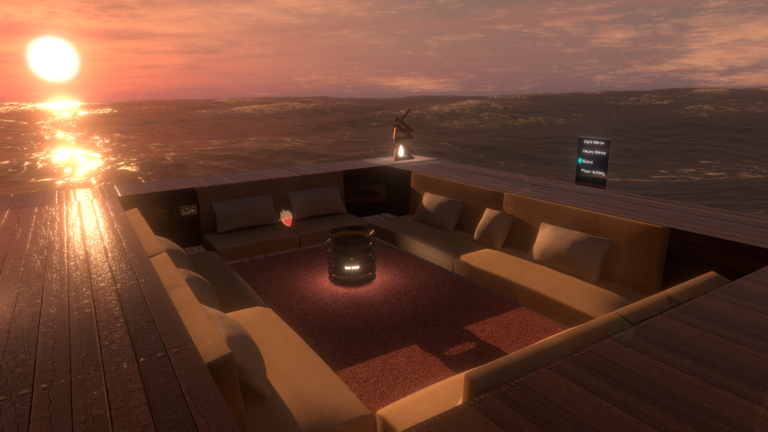
Likewise, YayoichanHouse, seen below, is pretty minimal in its presentation. Is this even a houseboat? There’s no kitchen or restroom. A floating caravan I guess. Very charming and tasteful nevertheless, as are all of Yayoi’s creations. The patio offers scenic views of the ocean at sunset on all sides, copied from Yayoi Sunset Bath.
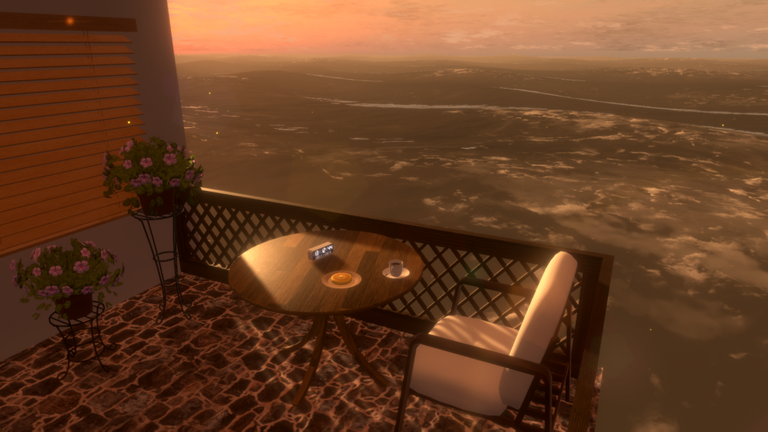
Opening the impressive physics-based door, I barged in on somebody, but took my photos anyway as they appeared to be asleep. If you’re unfamiliar with VR culture, sleeping in VR is actually surprisingly common. I don’t know what compels users to put up with the discomfort of sleeping in a headset except that they enjoy the momentary dreamlike confusion of waking up in VR.
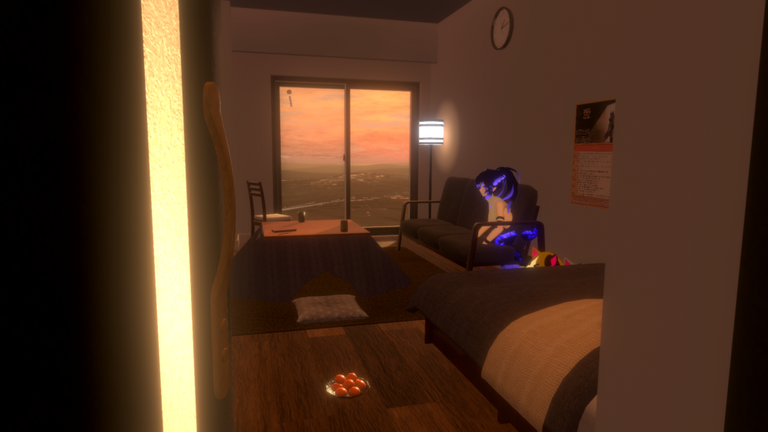
Following these travels, if you can call them that, I retreated to the comfort of my home. VRChat allows you to choose your favorite map and load into it by default each time you start the game. Best to choose something small with a low file size then so you’re not kept waiting.
My home in VRChat is a recreation of an apartment in Rapture, the underwater city from Bioshock. I won’t be featuring it in this volume because it’s not on theme. It is however one of many stunning underwater cities, bases and outposts to be found in VRChat. That seems deserving of its own independent coverage, probably what volume 2 in this series will be about.
Stay tuned or forever regret missing out, wondering for the rest of your life what might’ve been!